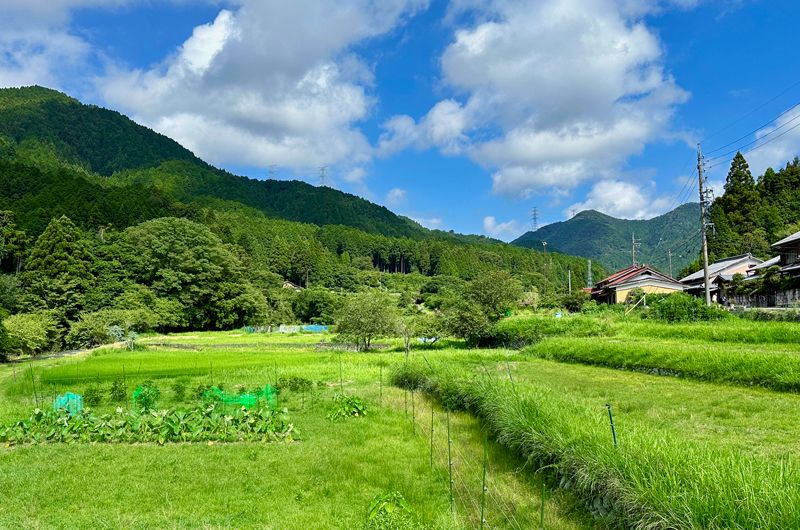Travel Back in Time to Seki-juku on the Tokaido Highway
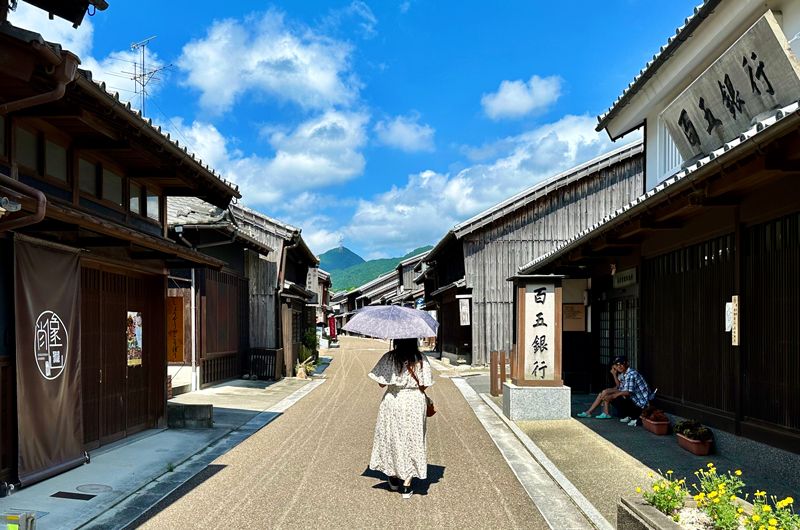
Seki-juku is a post town, about a 1.5-hour train ride from Nagoya, or about a 2-hour train ride from Osaka. It offers you a chance to slip back in time to the Edo period of Japan and a doorway to hike on the Old Tokaido Road, the main walking trail that connected Tokyo and Kyoto four hundred years ago. Well-preserved Japanese traditional area without too many tourists, Seki-juku is a must-visit place for you to explore freely in real Japan as if you were a samurai.
Written by Bonnie Chow
-Table of Contents-
・Seki-juku, a Post Town on the Tokaido Road
・Seki-juku Hatago Tamaya Historical Museum
・Fukawaya's Seki-no-to
・Seki Jizo-in Temple
・Lunch at Aizuya
・Seasonal Highlight
・Hiking from Seki-juku to Suzuka-Toge Pass
・Wrap-up
Seki-juku, a Post Town on the Tokaido Road
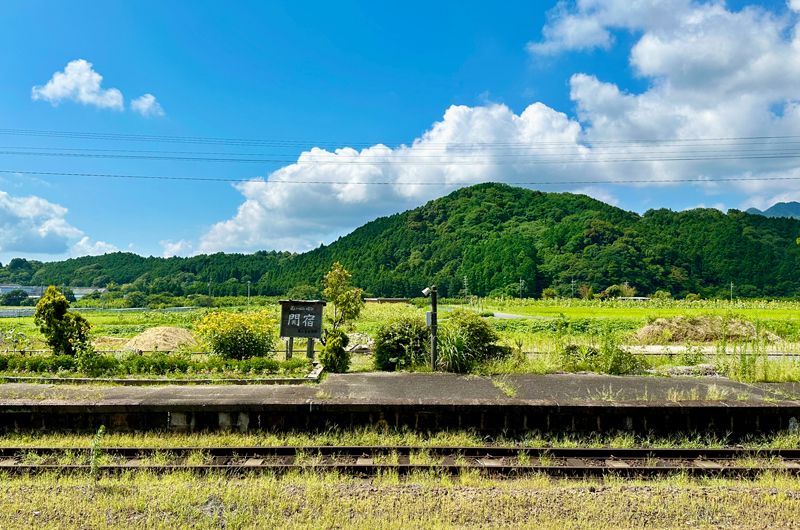
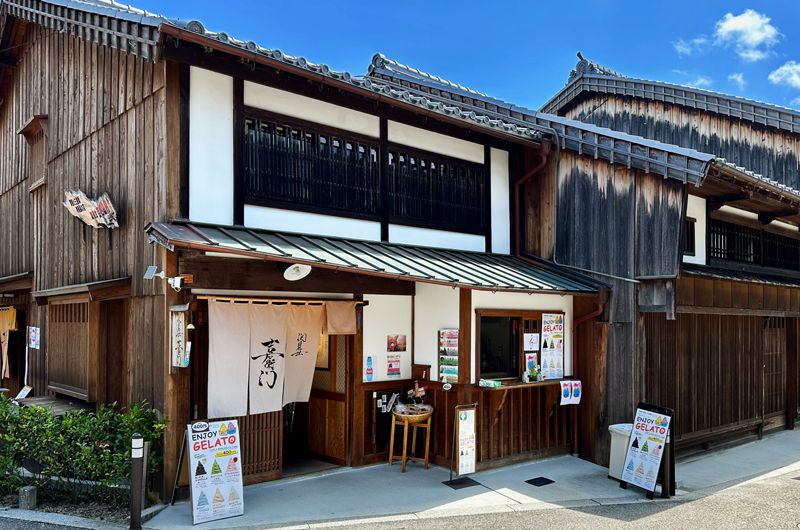
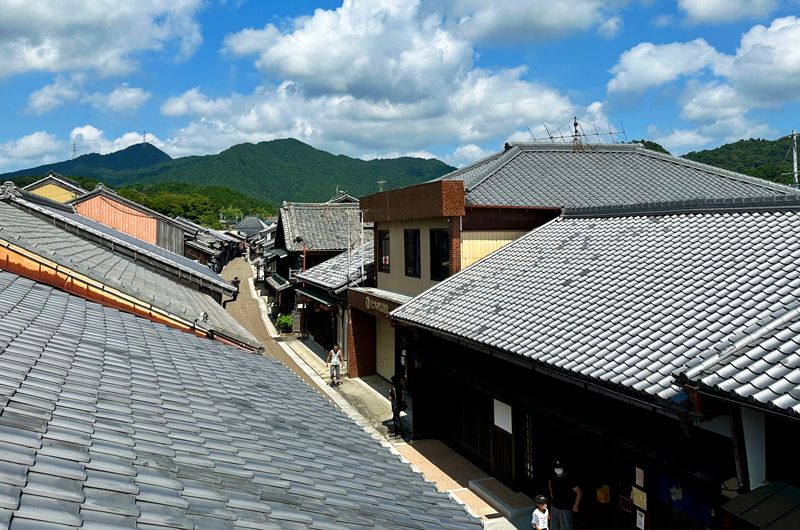
Seki-juku Hatago Tamaya Historical Museum
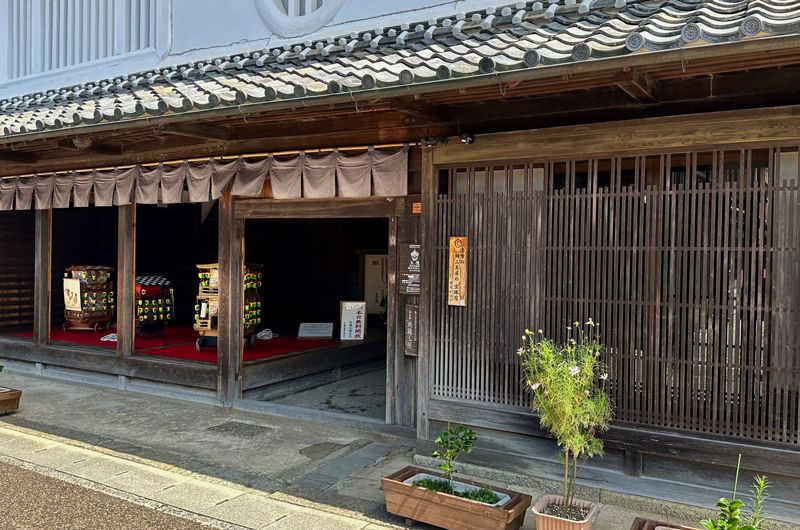
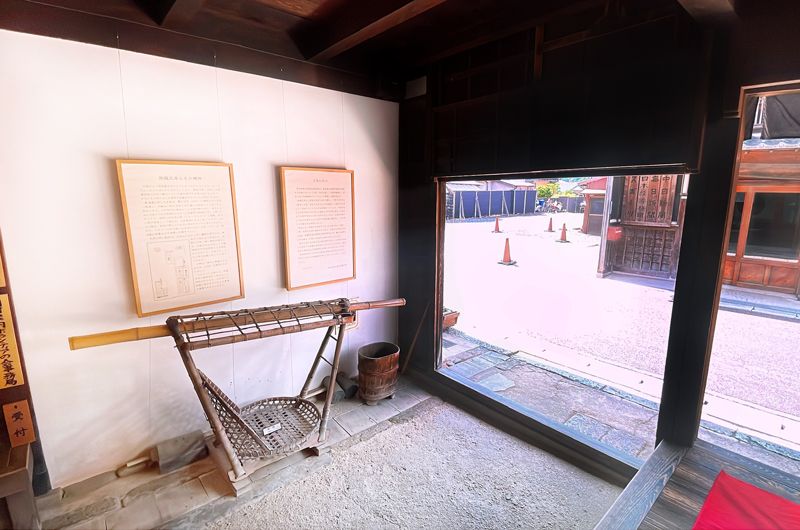
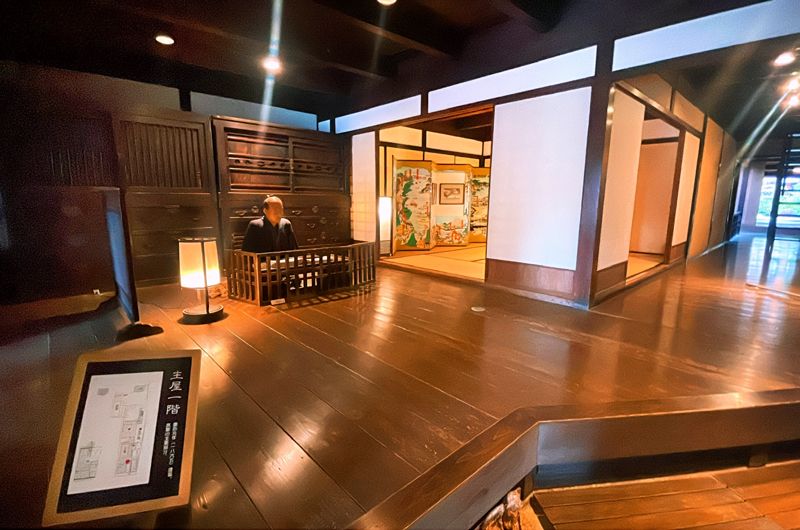
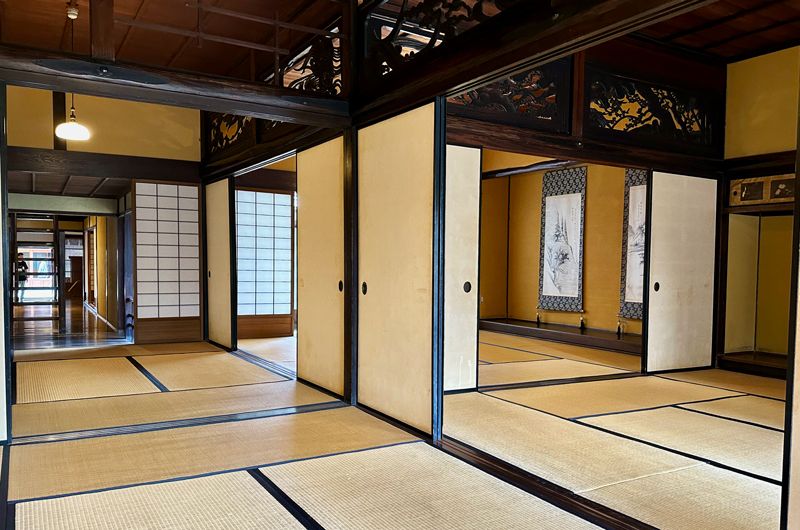
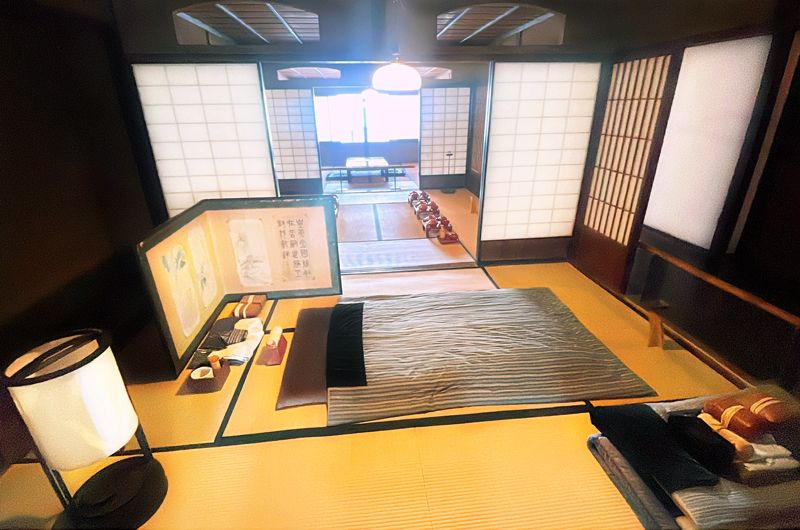
Fukawaya's Seki-no-to
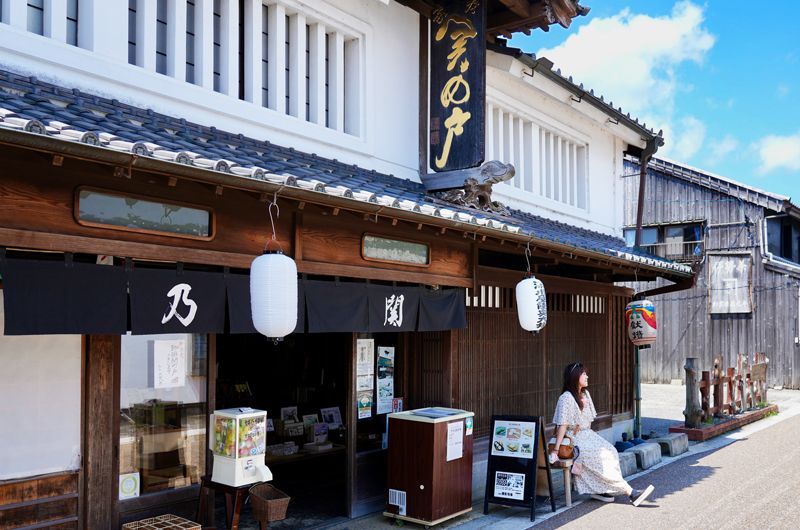
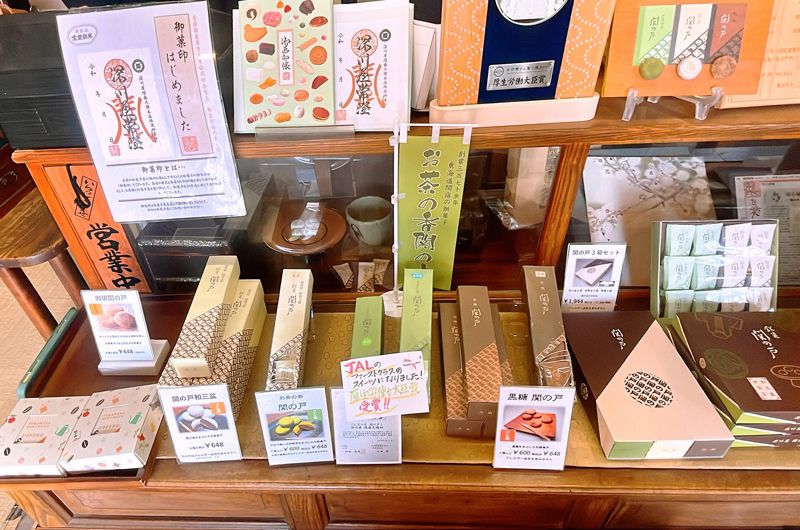
Seki Jizo-in Temple
Walk along the road towards the west, Jizo-in Temple, one of the oldest temples in Japan, is on your left. Founded in 741, the main hall, the bell tower, and the smaller Aizome-do hall are all designated as important cultural properties.
Lunch at Aizuya
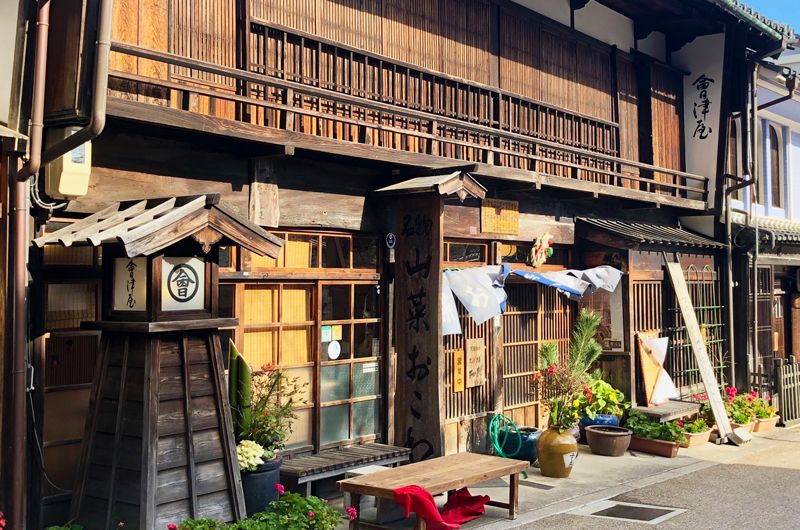
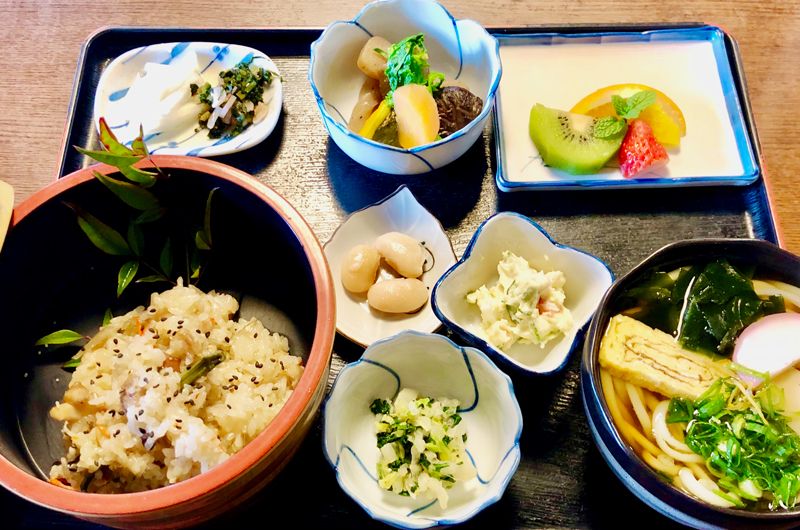
Seasonal Highlight
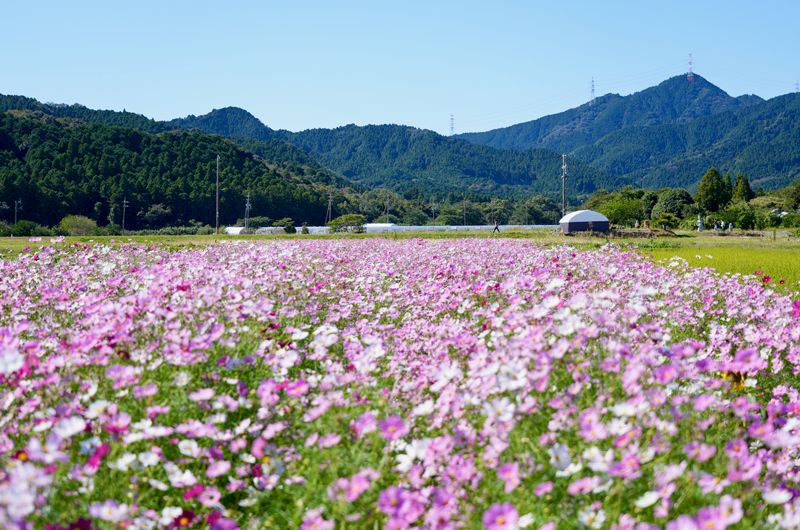
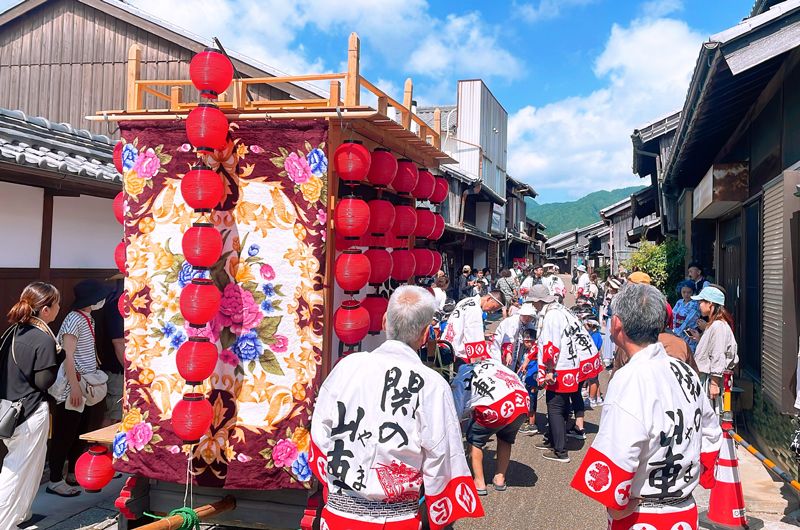
Hiking from Seki-juku to Suzuka-Toge Pass
